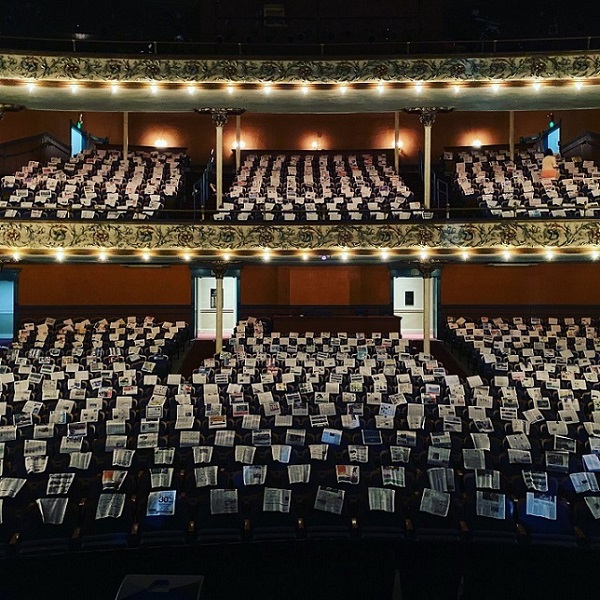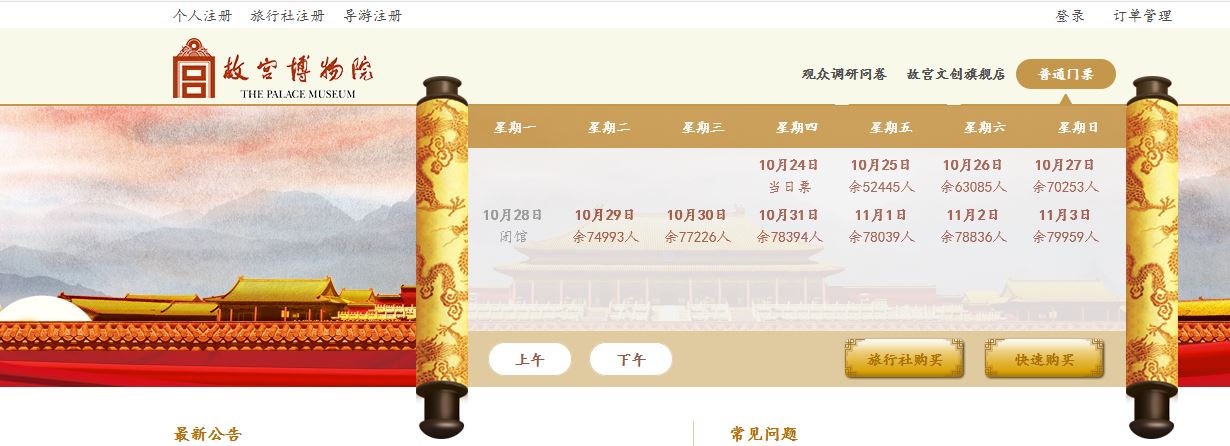The Conversation site had an article about the impact of Covid-19 on entertainment venues and events last month. (h/t to Artsjournal.com)
Authors Chris Gibbs and Louis-Etienne Dubois urge event managers to be cautious about making decisions to lay off or idle staff. You may have seen similar warnings in other places about losing people who represent institutional memory and crucial relationship points with audiences and donors. The authors additionally note that dismissing the wrong people may hinder responsiveness and agility when everyone ramps up their activity all at once.
Live events and entertainment are people-based businesses that rely on the creation of emotional experiences and human interactions. Shedding too many employees, or the wrong employees, may impede the ability to resume operations when the crisis ends.
The author of an article in Harvard Business Review about management in uncertain times also suggests taking pragmatic actions and cultivating emotional steadiness in order to support employees and make them feel better than doing nothing.
In addition, a common response to crisis is to maintain customer engagements so that they return when the conditions allow. This is even more critical now knowing that companies are likely to relaunch all at the same time and engage in a costly battle for audiences’ limited attention. Employees should be encouraged to keep their companies’ name out there by connecting with customers in surprising and unexpected ways.
Many organizations are already doing a lot in the way of providing content and other touch points which will help keep them at the forefront of people’s minds.
My staff has been having conversations trying to anticipate whether audiences will be clamoring for something to do as soon as restrictions are lifted or if they will be hesitant to venture out until a few weeks later. That is why I have been following Colleen Dilenschneider’s surveying on that question so closely.
The other thing we are concerned about is whether we will have enough stagehands to work larger events. Supermarkets and Amazon are looking for more employees. If people in our stagehand pool find work in these places and decide to stay once things loosen up, it will be great for them to have more consistent employment, but that will impact us.
And if there is a flurry of activity from summer concert series in the region trying to return to activity, we will be competing for staff against organizations with potentially deeper pockets than we possess. So even as we worry about how the epidemic is impacting current operations, we have to be thinking about all the implications a return to activity might hold.




I've been to a few of the Science on Tap events, though I never gave a talk at one of…